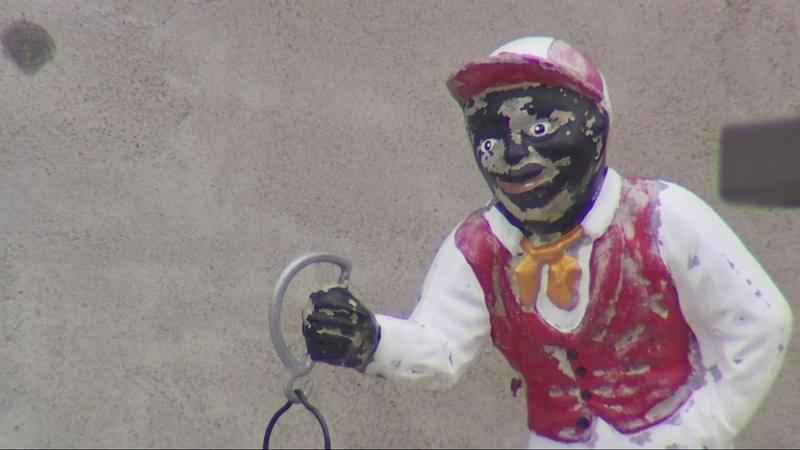Black jockey statue angers Watervliet mom, son
When 11-year-old Ah-Seve Mays McFarland unwittingly saw a caricature statue of a Black male jockey outside a Watervliet home, he told his mom, Shamara.
The description left her angry.
"I’m just appalled, because it’s 2022," she told NewsChannel 13.
She says the statue dehumanizes Blacks.

"It’s not a statue of MLK. It’s not a statue of Sojourner Truth," said Shamara.
Kathe Hambrick, curator of the River Road African American Museum, agrees. She says the statue, along with mammy dolls and figurines were created during slavery and were designed to offend.
"Blackface painted jet black with the bulging eyes and the big, red lips, and we have to understand during the Jim Crow era, there was an abundance of these types of images," said Hambrick.
Today, they’re being sold on the internet as collectables.
"It’s a threat, it’s a disgrace, it’s actually telling us how we look, versus what we know we look like," said Shamara. "That’s my issue. It’s like to keep demolishing the beauty of African-Americans."
As prevalent as the images are, so are the myths of their origin. The blackface jockey is said to have been used as markers along the Underground Railroad, as well as in connection with George Washington.
Hambrick says that’s folklore.
"It could never really be substantiated at that time that that actually happened – that this young teenage boy was so loyal to George Washington that he would stand in a freezing blizzard until he was frozen to death," Hambrick said.
Hambrick says Black men do have a connection to jockeys through horse racing, and encourages others to research history.
"This one jockey, Abe Hawkins, was considered to be America’s first professional athlete."